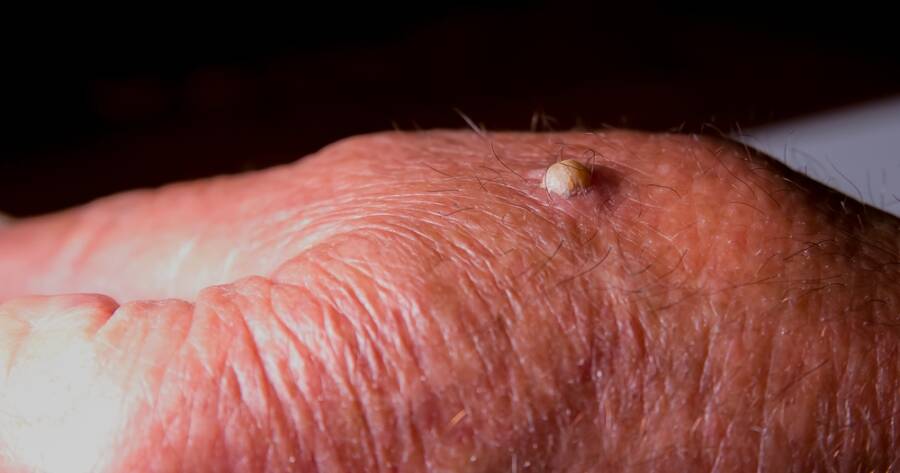Squamous cell carcinoma (SCC) is a common skin cancer that can develop due to prolonged sun exposure or other risk factors. Knowing the signs can help you spot it early. When detected in time, SCC is usually treatable. Now let’s cover the main signs of squamous cell carcinoma and discuss why being aware of these signs can make a difference to your health.
What is Squamous Cell Carcinoma?
Squamous cell carcinoma is a type of skin cancer that begins in the squamous cells. These cells are flat and found in the skin’s outer layer.
SCC often develops in areas of the skin that receive a lot of sun exposure, like the face, neck, arms, and hands. While it typically grows slowly, it can spread to other areas if left untreated. Catching SCC early makes treatment easier and helps prevent it from becoming serious.
Recognizing Key Signs of SCC
Identifying squamous cell carcinoma early involves paying close attention to changes in your skin. Here are the main signs to look out for:
- Scaly red patches: A common sign of SCC is a red patch on the skin that feels rough or scaly. It might even bleed if irritated or scratched. Unlike other skin blemishes, these patches don’t go away on their own.
- Open sores: If you notice sores that heal and return, this could be an early sign of SCC. These sores might crust over and ooze. They are especially concerning if they occur in areas exposed to the sun.
- Firm, red nodules: SCC can appear as a firm, red bump on the skin. It might feel tender or bleed with minor friction. These bumps don’t typically disappear and may grow over time.
- Wart-like growths: Some cases of SCC cause growths that look similar to warts. They may be raised, feel rough, and sometimes itch or hurt. These are often mistaken for harmless skin changes, so they are easy to overlook.
Why Early Detection is Crucial
Squamous cell carcinoma can generally be treated if caught early. Treatment options range from minor procedures (like removing the affected skin), to more involved treatments if it has spread (such as surgical removal, cryotherapy, or radiation). For more advanced cases, targeted therapies and immunotherapy may be considered to help prevent further spread.
When left untreated, SCC can grow deeper into the skin and reach other parts of the body, which makes it harder to manage. Early detection helps you avoid more aggressive treatments and improves the chance of a full recovery.
How to Protect Yourself
Being proactive about skin health can help you prevent squamous cell carcinoma. Here are some tips:
- Use sunscreen daily: Regularly applying sunscreen protects against harmful UV rays. Choose one with broad-spectrum protection and an SPF of at least 30.
- Cover up in the sun: Wearing protective clothing, hats, and sunglasses limits UV exposure. Dark clothing offers more protection than lighter colors.
- Avoid tanning beds: Tanning beds emit UV rays that can damage your skin and increase your risk of SCC. Opt for safer tanning alternatives if you want a sun-kissed look.
- Check your skin regularly: Self-exams help you spot early signs of skin cancer. Pay attention to changes and ask someone to check areas you can’t easily see, like your back.
When to See a Doctor
If you notice any unusual skin changes that don’t go away after a few weeks, it’s wise to see a doctor. While not every skin change is cancerous, early diagnosis and treatment are key for squamous cell carcinoma.
A dermatologist can examine your skin and, if needed, perform a biopsy to confirm if it’s SCC. Regular skin checks with a dermatologist are also beneficial, especially if you have risk factors.
Learn More About Squamous Cell Carcinoma
Understanding the signs of squamous cell carcinoma and acting quickly when you spot them can make a difference to your health. Early detection allows for easier treatment and reduces the chance of cancer spreading.
Protecting your skin, performing self-checks, and seeing a dermatologist when necessary are essential steps to lower your risk. Stay aware, protect your skin, and take action if you notice any unusual changes.

